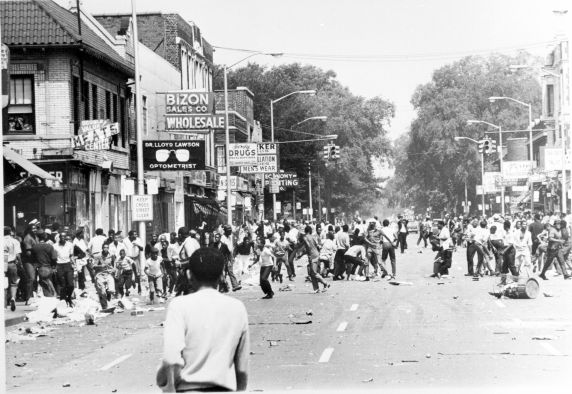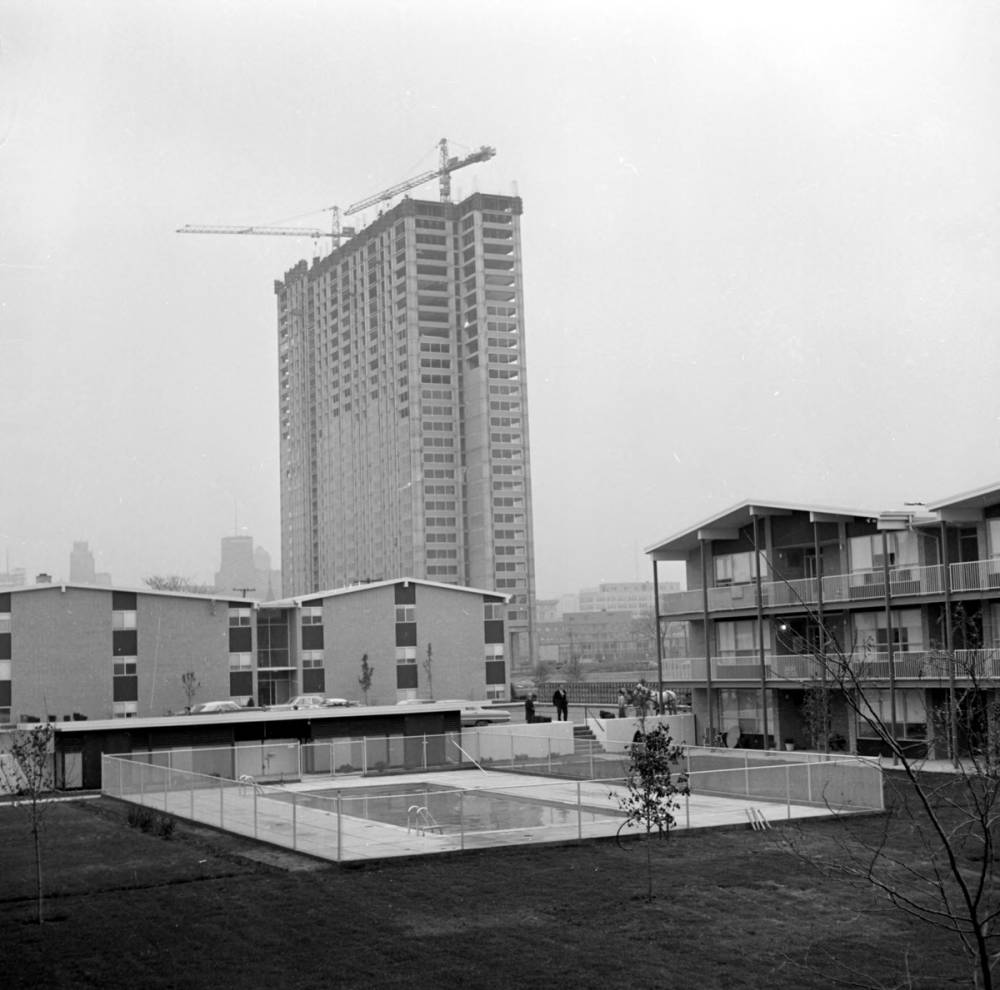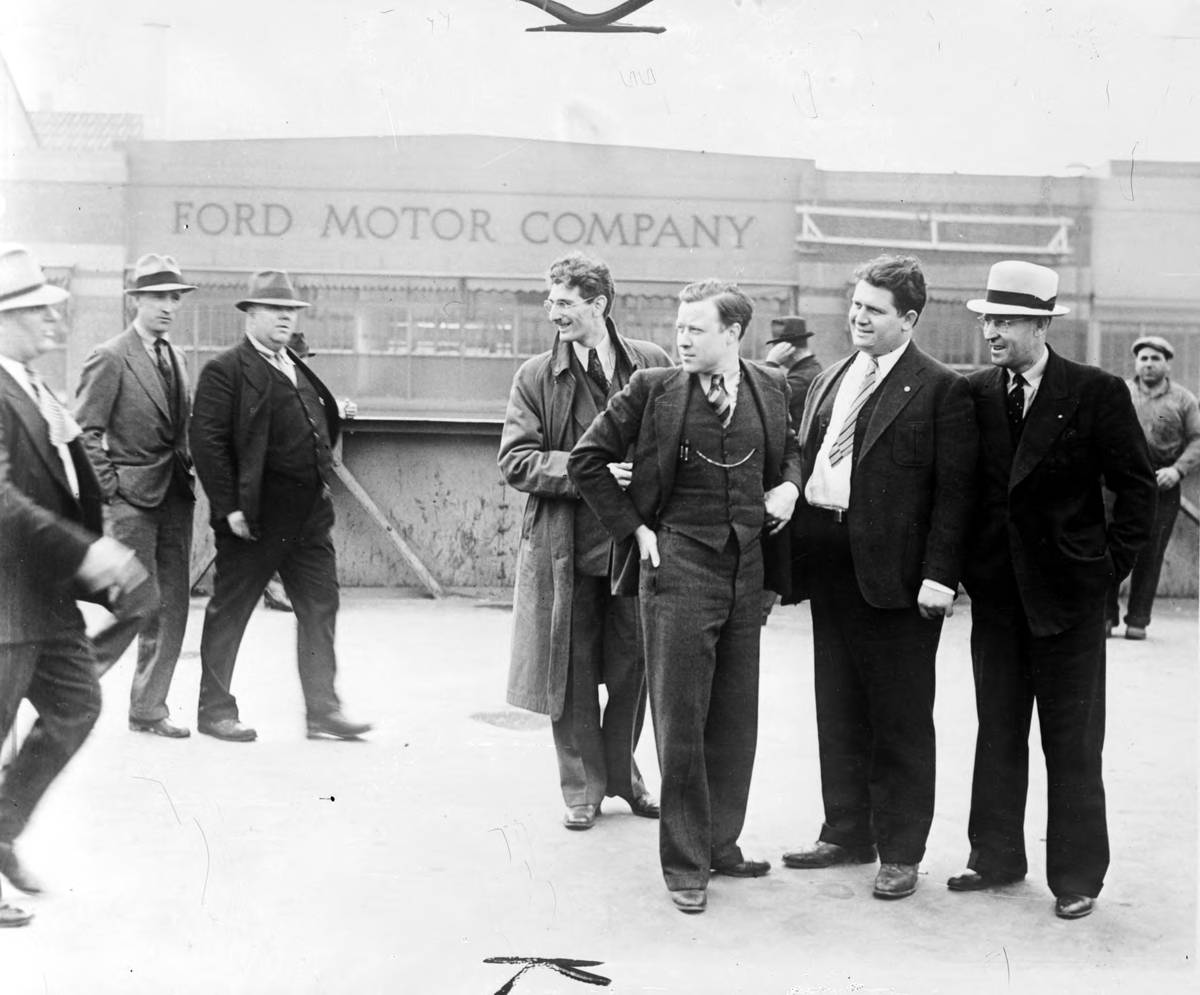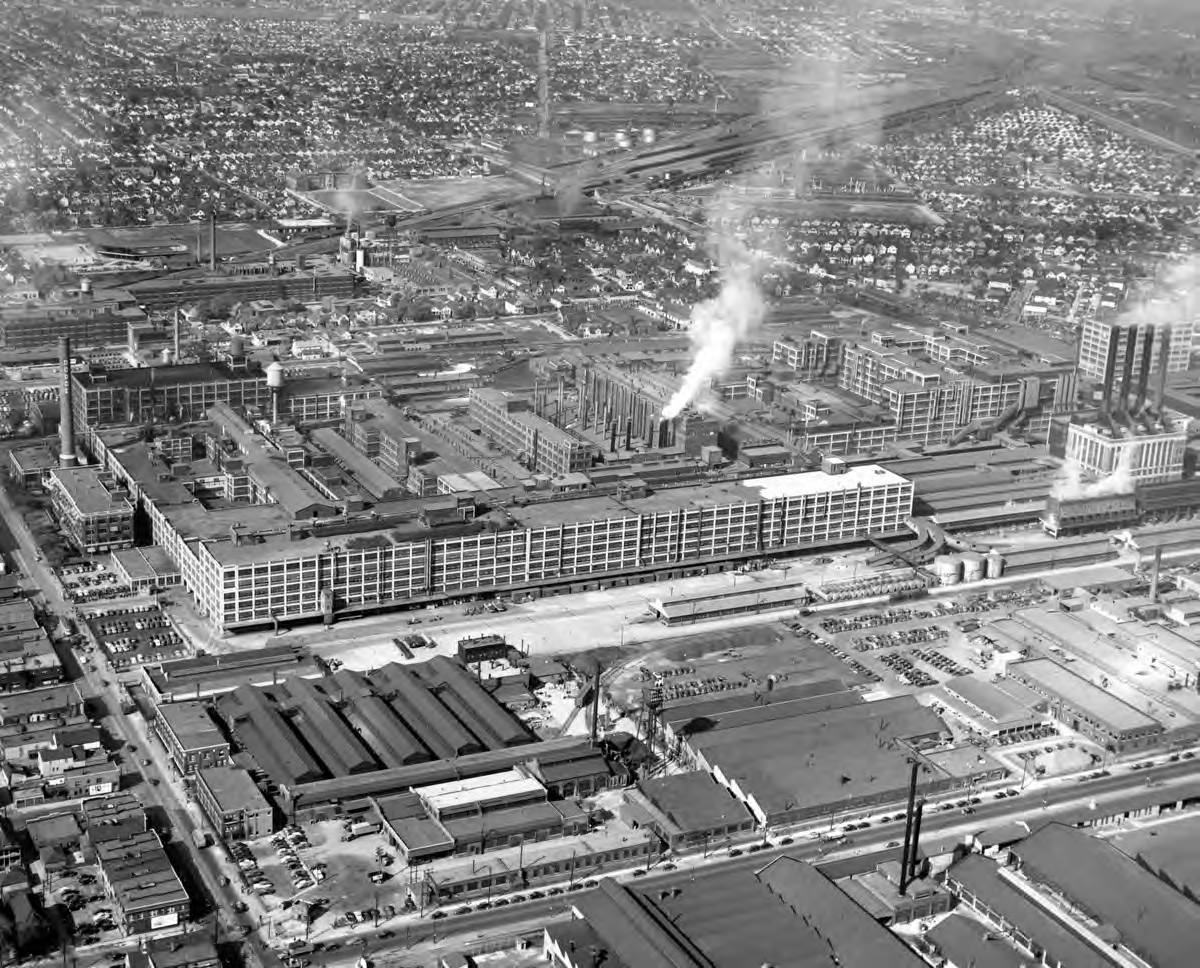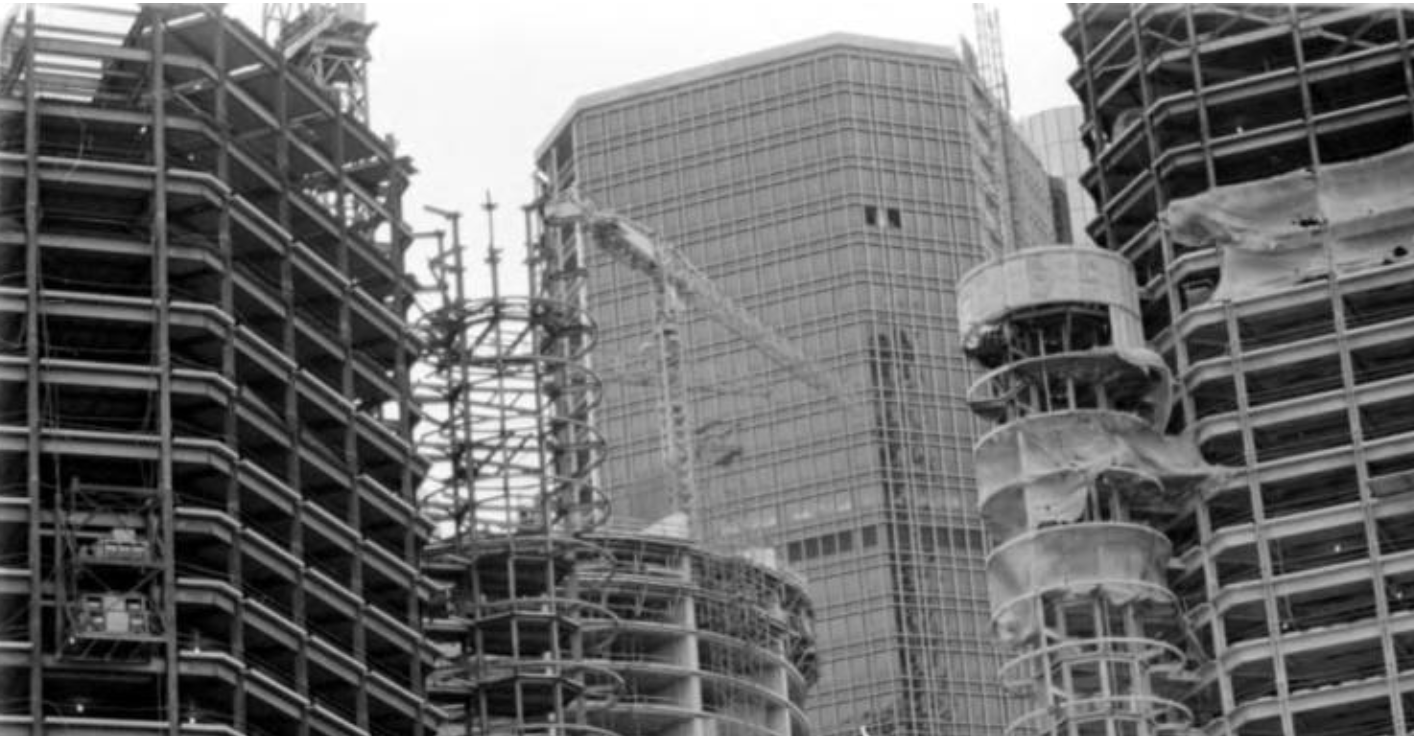Search
6 items
-
The Uprising
Using primary and secondary sources, students will explore the 1967 uprising in Detroit and compare it to other moments of civil unrest in the city. -
Unit Plan - Black Bottom and Paradise Valley, Where did they Go?
This unit plan talks about the Black Bottom and Paradise Valley neighborhoods in Detroit, including what they are, where they were, what happened to them, and the thoughts and attitudes of the people that lived there when they had to move. There are lots of hands-on activities included, an interview project, and a field trip and we include many books and websites to use as well. There are lots of social studies standards and different aspects of social studies are also covered. After completing this unit, students will have a real understanding of the Black Bottom and Paradise Valley neighborhoods, why they are so significant, and why they should know about them. -
United Auto Workers - Integrated Curriculum Plan
The “United Auto Workers” unit helps students investigate the conditions and events that led up to creation of the United Auto Workers Union. Students will explore the topic and research inequality, injustice, and human rights issues that can and have existed in the workplace throughout history. Students will also get the chance to examine the power of advocacy through art during a field trip to view Diego Rivera’s “Detroit Industry” murals that are on display at the Detroit Institute of Art. To achieve these objectives this unit’s lessons take a cross-curricular approach which incorporates language arts, geography, math, and the arts. The unit will close with a creative showcase in which students will have the chance to share their work and knowledge with their nested communities. Rationale for the Unit: The formation of the United Auto Workers Union is a key turning point in the history of Michigan’s labor movement. This was not only a pivotal moment in Michigan’s history, but it emerged out of the Greater Detroit Area. Students in fifth grade are at a stage where they are capable of identifying injustice and inequality in society. This unit creates a forum for exploration and discussion of how injustice has fueled the formation of equity seeking groups in the Greater Detroit Area, i.e. the United Auto Workers Union. Hopefully students will emerge from this unit feeling empowered by the stories of local community members who came together to overcome iniquity and fight for their rights as workers. As students develop higher-level critical thinking, they also will hone skills in analyzing primary source documents and deducing meaning from them. Throughout this unit, students will begin to sense a connection to the cultural and political past of their city. Understanding this sense of historical influence can have profound effects on how the students see their city today. Students will engage in three projects over the course of this unit that employ written, visual, and speaking skills. As all students thrive with different learning styles, each student will choose one project to present to the class to illustrate their learning. -
The Auto Industry's Effects on the City of Detroit
Summary: This unit focuses on City of Detroit history, primarily how the auto industry influenced and changed the makeup of the population (migration of workers), along with the challenges the different residents in the communities faced. Students will have an understanding of major historical events in Detroit's past that continue to have an impact on the city today. -
"Rebirth of Detroit" 1967-1974
In this unit, students will explore the rebirth movement of Detroit after the years of civil unrest in the city, specifically the development during the years of 1967 to 1974. Many people were in agreement that the city needed to be improved, but the actions that were taken to do so were often controversial. Students will also be able to see the connection of this original rebirth movement to the current-day, Downtown developments to the city. The unit will be centered around the overall inquiry/guiding question: “Have the previous and current ‘improvement’ efforts been an overall ‘good’ or ‘bad’ idea for the city of Detroit and its residents?” -
In what ways did the War on Racism divide citizens in Detroit?
This lesson explores examples of efforts to integrate schools by exploring the experience of Ruby Bridges as well as efforts to integrate public housing by exploring the history of the Sojourner Truth Homes in Detroit.
